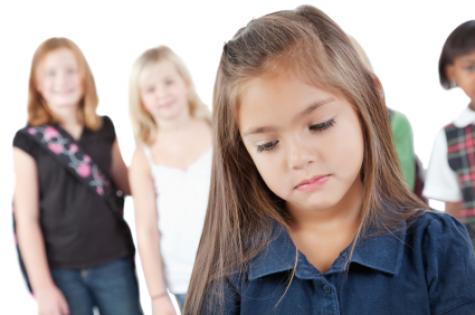Only one in seven parents (14%) are confident they would know the signs that their child is bullying others, a headspace survey has revealed.
The survey of more than 400 Australian parents revealed that while bullying is a major concern they don’t feel like they have the tools they need to spot trouble and provide the right support to their kids.
Chris Tanti, CEO of headspace the National Youth Mental Health Foundation, said bullying behaviour can be a red flag that your child might be going through a tough time and it’s important to spot the warning signs.
“Look out for changes in behaviour like increased frustration and aggression or if they are becoming more argumentative or defiant than usual.”
“We know that children who have been bullied themselves are more likely to bully others if the distress isn’t resolved,” said Mr Tanti.
“Friendship groups can also influence the behaviour of a young person so it’s important that parents have a good understanding of who their child’s friends are and what their relationships and interactions are like.”
Nearly half of parents said bullies should be punished but most recognise that the behaviour could be linked to other issues, with 95% saying the bully should get help.
“It’s important the bully understands there are clear consequences for their behaviour. But we know that it’s only when the underlying issues associated with bullying are addressed that this negative behaviour will really start to shift,” said Mr Tanti.
“Organisations like headspace can help young people deal with things that might be troubling them, whether they are the victim of bullying or they've found themselves bullying others as a way of coping with problems.”
Mr Tanti said that parents have an important role to play in helping to reduce the incidence of bullying.
“Bullying doesn’t just occur among young people at school, it happens in the workplace and in the political arena every day. Parents and adults need to teach by example and show young people that bullying isn’t acceptable.”
Five warning signs that a child might be exhibiting bullying behaviour:
1. Been a victim of bullying themselves
2. Want to be in control
3. Frustrated or anxious
4. In a peer group that encourage bullying
5. Increases aggression – argumentative or defiant
Five tips for parents:
1. Get involved in activities and know their friendship group
2. Talk to your child about bullying
3. Provide clear, consistent consequence for bullying
4. Teach by example
5. Get professional help from organisations like headspace
* * *
For further information to assist you or your child, visit www.headspace.org.au



















__small.png)










